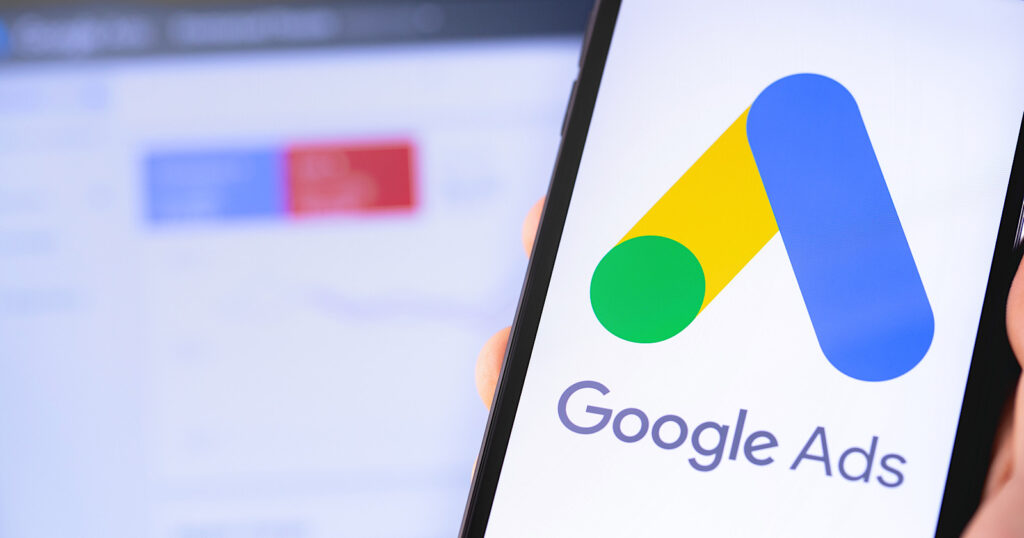Last Updated: September 16, 2023
As technology improves, automated bidding strategies and portfolios are the future of PPC campaign management. But, what is automated bidding and what are its advantages?
What are Automated Bidding Strategies?
An automated bidding strategy in PPC is when an advertiser sets up a portfolio in a platform such as Marin or Search Ads 360 and sets a particular goal (e.g. ROAS, CPA or search impression share). The advertiser also has the ability to set in constraints. On the basis of the constraints put in, the automated bidding portfolio will automatically adjust bids for locations, keywords, demographics, etc. It takes into consideration past data along with the goals set in order to decide the bids.
For example, suppose I have 5 search campaigns running in my account, and I want to make sure that the campaigns always have an impression share above 80%. But, I also do not want to spend more than $15 for a click. Hence, when I set up the portfolio, I will define the goal as impression share to be a minimum of 80% and a CPC constraint of $15. On the basis of the goal and constraint along with the past data for these five campaigns, the portfolio will adjust bids for the campaigns automatically.

When to use Automated Bidding
Automated bidding portfolios are highly dependent on past data to make future optimizations. That is why it is essential that the campaigns are managed manually for a few weeks before a portfolio is set up.
How can Automated Bidding Help Advertisers?
There are multiple benefits of automated bidding portfolios for advertisers.
Advantage 1: Auction Time Bidding (ATB)
Platforms such as Google Search Ads 360 (also known as SA360) allows an auction time bidding setting. What this setting allows is that it gives the portfolio permission to optimize bids before each specific search auction. Hence, bids are adjusted real time for each individual search to yield maximum results.
Advantage 2: Adjust Bids More Frequently
It is obvious that an advertiser can only adjust bids so many times a day. Also, when bidding manually, an advertiser needs to make sure that the data flows in from the previous optimization before adjusting bids again. An automated bidding portfolio is more real time.
Automated Bidding Portfolio Goals
There are a variety of goals available that advertisers can leverage for their automated bidding portfolio. Let’s discuss them.
Target CPA (tCPA)
A target CPA goal is essentially telling the bidding portfolio what the max you are willing to pay for a conversion on the landing page. In this setup, you will first need to ensure that your conversion tracking is set up correctly and that you have allowed the platform to gather at least 2 weeks worth of data while bidding manually before you shift to a tCPA bidding portfolio. This data is essential for the automated bidding portfolio to leverage for bid adjustments and optimizations.
Target Impression Share (tIS)
Want to make sure your bids are competitive enough to reach and/or maintain a particular impression share within the auction? Then a target impression share bidding portfolio is the way to go. In this scenario, make sure to set a CPC bid constraint while setting up the bidding portfolio to ensure that the algorithm does not cause unreasonably high CPCs in order to hit the impression share goal.
Target ROAS (tROAS)
Depending on the business and industry you are in (for example e-commerce), you may be able to understand and measure the revenue your SEM campaigns your team is running. If this is a setup that is easily available – such as in the case of e-commerce brands – you can leverage a tROAS bidding portfolio. The goal of this bidding portfolio is to maximize revenue for each marketing dollar spent within PPC campaigns.
Maximize Clicks
Automated bidding portfolios can also help brands maximize clicks and get the most out of their marketing dollars. This is great for brands trying to get as many (relevant) people to the landing page as possible.
Key Considerations
While there are multiple advantages of a bidding portfolios, there are some things to keep in mind.

Sudden Fluctuations in Data
The first month is considered to be the learning period of the portfolio. In this time, performance may decline as the portfolio is trying to understand how different bids affect performance. But, performance should start to improve from the second and third month since the launch.
Keep an Eye on Conversion Tracking
Is your goal to maximize conversions, improve ROAS or reduce CPA? Then we would highly recommend that you keep a close eye on conversion data. That’s because even though the automated bidding portfolio is optimizing towards past data, it does not keep track of any issues in the conversion tracking set up on the website. Hence, it is essential for the advertiser to keep an eye on performance to make sure tracking does not drop off.
Have any questions about setting up automated bidding portfolios and strategies? Drop your question in the comments section below!
Stay up to date with the latest PPC trends online at ShiruDigi’s digital marketing blog. Follow us on Facebook, Instagram, YouTube, and LinkedIn for regular updates about digital marketing.
Looking for a Digital Marketing Agency for PPC Campaign Management?
Did you know that ShiruDigi’s Digital Marketing Agency has experience with Google Ads and Bing Ads budgets ranging from $5,000 to $1million+? We’ve also worked with a variety of brands to build their awareness, consideration, and user acquisition strategy via PPC campaign management. Reach out to us today for a free 30 minute business consultation to understand how our PPC campaign management services can help your business grow online.

Comments are closed